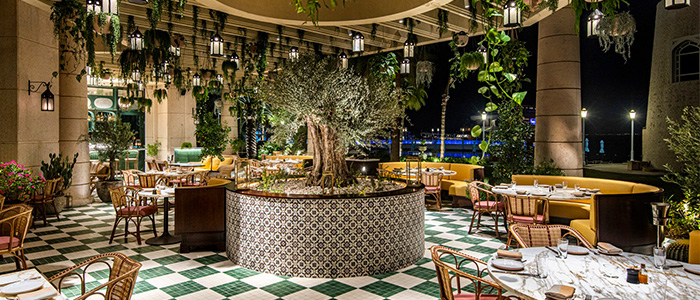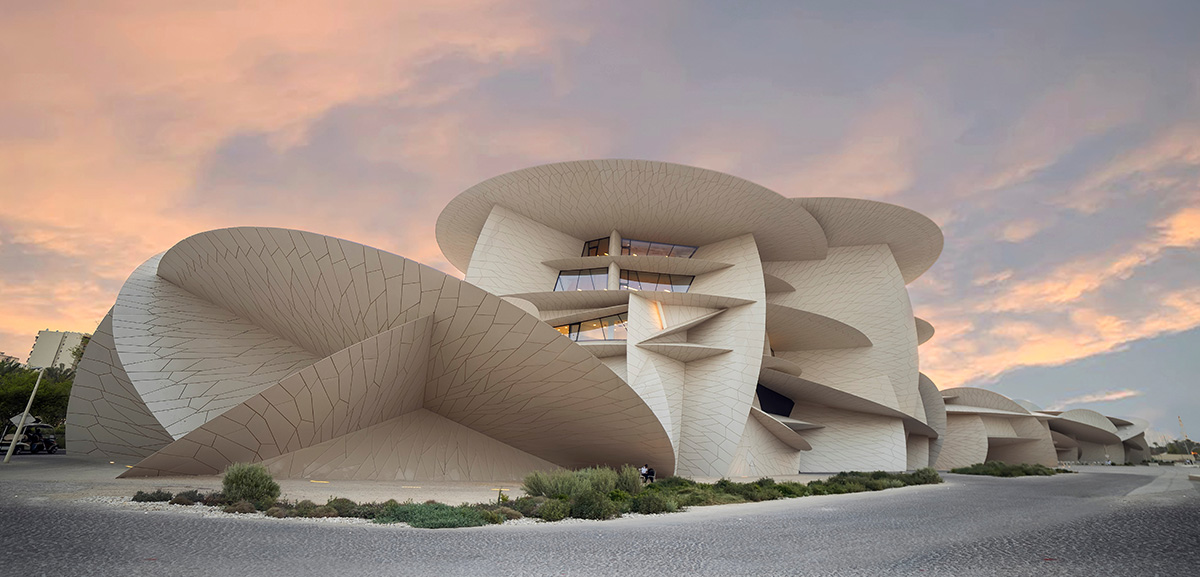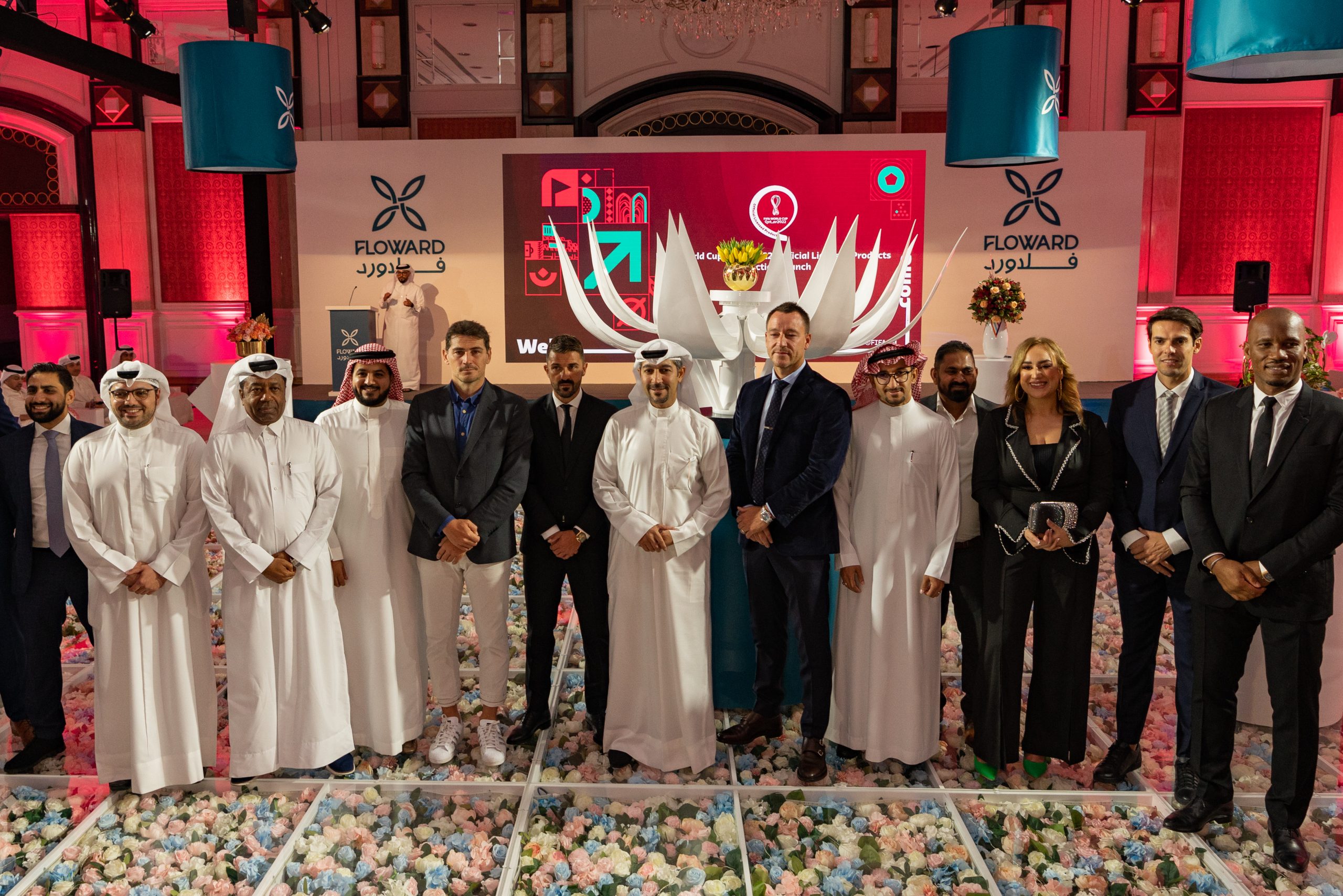The Museum of Islamic Art (MIA) in Doha will present a major exhibition entitled Syria Matters opening on 23 November 2018 as part of the MIA ten-year anniversary celebrations as Qatar’s first world-class international museum. Set in a spectacular waterfront park on the Corniche of Doha, MIA opened its doors to international acclaim in November 2008 in a building designed by the legendary Chinese American architect, I M Pei. MIA holds one of the world’s greatest collections of Islamic art, spanning over 1,400 years and representing Islamic art from three continents, with precious objects, paintings, textiles and jewels in its extensive permanent collection.
Syria Matters takes as its subject the extraordinary cultural heritage of Syria, illuminating Syria’s key role in the artistic and intellectual history of the world. So much of this precious heritage has been tragically lost through the destruction of its fabled cities of Palmyra and Aleppo, as well as countless other cultural heritage sites, during a bitter civil war, almost unprecedented in recent history. This exhibition will bring to life the multifaceted layers of Syria’s architectural and cultural history going as far back as the country’s early pre-Islamic past and will explore its many contributions to world history.
The exhibition, co-curated by MIA Director Dr. Julia Gonnella and Rania Abdellatif, draws on MIA’s own spectacular collection, shown alongside loans from other world-renowned international museums, including the Louvre in Paris, the Museum of Ancient Near Eastern Art in Berlin, the Berlin State Library, other significant Qatar Museums (QM) collections such as the Orientalist Collection, as well as the Qatar National Library and Sheikh Faisal Bin Qassim Museum. The works include pre-Islamic artefacts, Orientalist paintings and photographs, as well as precious works of Islamic art from Syria’s rich history: early Qurans, medieval manuscripts, glass, ceramics, textiles and tiles. It will also show rarely-seen elements of the former wooden interior decoration from a private Damascus house.
As part of the exhibition installation, there will be a specially-designed immersive experience of several key sites such as the Umayyad Mosque of Damascus and the Citadel of Aleppo, giving visitors a unique experience of these remarkable locations.
Among the rare treasures which will go on show are:
- A bird of prey, sculpted in basalt, from the archaeological site of Tell Halaf in Northern Syria, dating from early 9th century BCE
- A Palmyra relief with a camel, dating from the first half of 3rd century CE
- Paintings from QM’s Orientalist Collection including “The Great Caravan at Palmyra” c 1785, Louis-François Cassas (1756-1827) and “Damascus” c 1860 by Edward Lear (1812-1888)
- The so-called Cavour Vase, which is the most spectacular example of a very small group of richly decorated cobalt blue and purple enameled and gilded glass vessels made in Syria or Egypt in the late 13th century CE
- A precious gilded blue flask made in the mid-12th century CE in or near what is today the Syrian city of Raqqa, situated on the Euphrates in the north-east of the country
MIA Director Dr. Julia Gonnella said, “As we reach the 10th anniversary of the opening of the Museum of Islamic Art, we are proud to present this important exhibition. Syria is undergoing one of the worst human tragedies world-wide. This once proud and splendid country has been largely destroyed and great parts of its population have left in one of the biggest refugee migrations of recent history. The exhibition aims to draw attention to the amazing cultural heritage of the country, and at the same time is a plea to safeguard this endangered legacy.”
In parallel with the MIA exhibition, two other special exhibitions will be staged in Doha: the Qatar National Library will present Syria and the French Mandate Period which refers to a mandate that was created by the League of Nations after the fall of the Ottoman Empire in World War I. At Mathaf: Arab Museum of Modern Art, there will be an exhibition of the work of Fateh Moudarres (1922-1999), one of the founders of the modern art movement in Syria, Mathaf will also present a solo exhibition by Mounira Al Solh with works made in collaboration with Syrian refugees, as well as a group exhibition titled “Revolution Generations” including works by Simone Fattal on Syria’s tragedies.
Source: The Museum of Islamic Art






Leave A Comment
You must be logged in to post a comment.